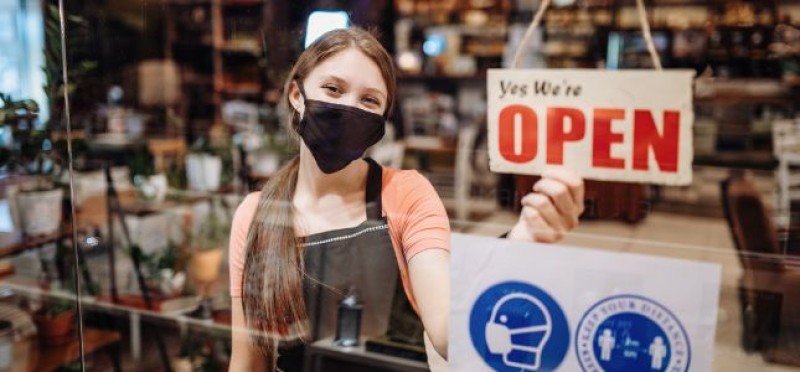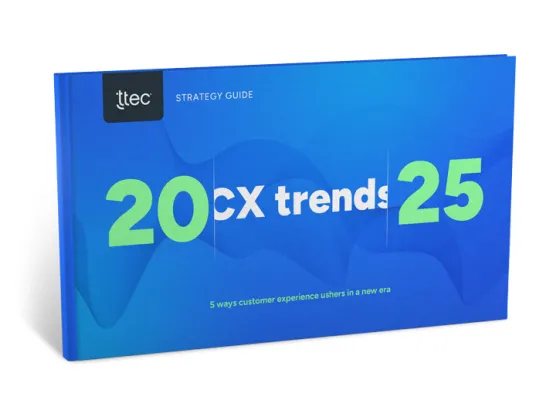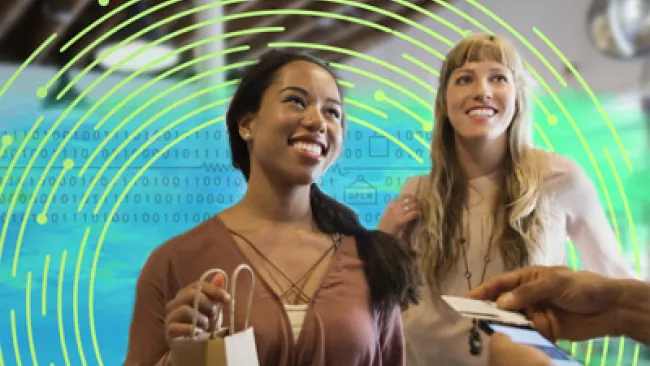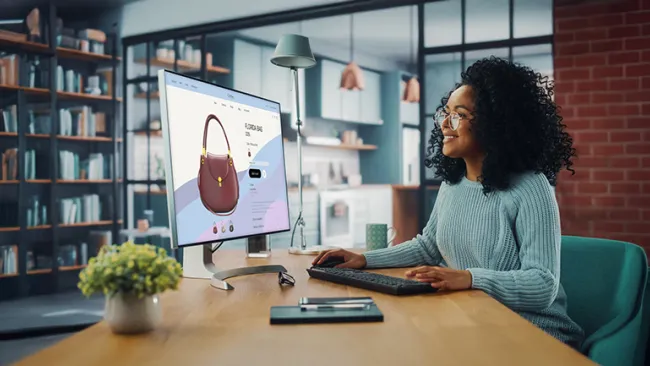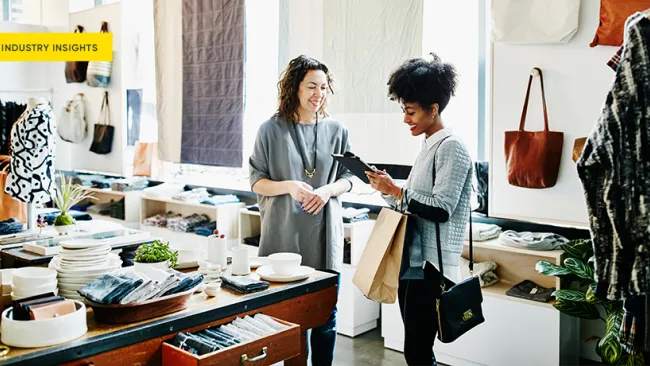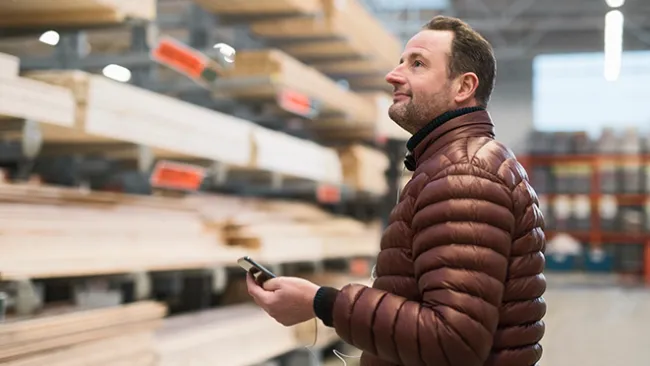With 2020 in the rearview mirror, retailers are ready to embark on a new path forward. However, it’s impossible to look ahead without acknowledging the changes that the COVID-19 pandemic has imposed on retail businesses, their partners and consumer expectations. At NRF 2021: Retail’s Big Show, retailers and industry experts shared insights and predictions for which retail trends are likely to last even after the pandemic fades.
Survive, Sustain, Strive
Prior to the pandemic, attempts to fuse online and in-store shopping into a seamless experience were far from uniform. In-store shopping was a physical and social experience whereas online shopping was largely transactional. When the pandemic hit, those experiences shifted when retailers moved into survival mode, noted Mitch Joel, founder of the consultancy Six Pixels Group, in an online presentation. “Suddenly, shopping in a physical space became very transactional,” he said. “No more browsing—you line up, pick up your purchase and leave.”
Online retailers, meanwhile, leaned into efforts to replicate the in-store experience with virtual reality tools that let shoppers try on clothes and jewelry from home and other innovations. Similarly, restaurants made improvements to their online ordering system and deliveries, making it an effortless experience.
Customers have responded positively to the changes; many like the efficiency of buy-online-pickup-in-store, virtual fitting rooms and fast deliveries. More than half (58%) of respondents indicated that they would like more digital interactions at a restaurant such as an interactive menu, the ability to place orders from a smartphone inside the restaurant, and AI recommendations, according to a global survey of more than 5K consumers commissioned by Gouvea Ecosystem, a business management consultancy. And 54% want more in-store digital interactions such as virtual mirrors and scannable packaging.
“The question is, which of these innovations will we keep?” Joel asked. “And if you take something away [that customers like] what does that say?” Answering these questions will be crucial as retailers shift from what Joel described as “survival mode to sustain mode to striving mode.”
Services are the new experience
Another example of an accelerated retail trend that is likely to stay is the shift toward services as an experience. “It’s not that experience is the new thing, it’s that services have become the new experience,” Joel said. What started as necessary services—curbside pickup, grocery delivery, and online classes—is morphing into a key way for companies to interact with customers and differentiate their brands.
Consider livestream shopping, which is promoting and selling products through live streams with influencers and other experts. Livestream shopping and shoppable videos have been around for several years but mainly as a gimmicky marketing tool.
“The pandemic accelerated our live selling features. [Even though] the stores were closed, we wanted to give that personal and interactive experience”, said Ophelia Ceradini, VP of digital technology at the Estée Lauder Companies, in an online panel discussion. Estée Lauder brand Clinique, for instance, hosted a livestream with “Game of Thrones” star Emilia Clarke showing viewers her skincare and makeup routines. Viewers could click on each product as she used it and purchase it for themselves.
Consumer response was especially strong when the company livestreamed sessions with a skincare or makeup expert, Ceradini said. “The education and shopping part really took off; consumers enjoyed engaging with our consultants and the instant gratification part of being able to immediately purchase [products].” Estée Lauder is continuing to expand its livestreams for other products, Ceradinia said. Makeup and skincare were a natural fit but the company is looking into other products—even fragrances, she added.
Follow the customer
For retailers who haven’t already figured it out, it’s important to let the customer guide decisions. “It’s so important to follow the customer”, said Miya Knights, retail expert and author in an online discussion. “The customer has really spoken with where their money has gone.” The rise in mobile commerce shows mobile is key to customer-facing innovation, Knights continued. Even if mom-and-pop retailers can’t invest in a sophisticated mobile experience, the least they should do is make sure their stores can be found in a digital world. “Make sure your location is accurate on Google Maps, opening times are accurate,” she said.
Showrooming has also been turned on its head. Most consumers now enter stores with the intention to make a purchase versus browse and so retailers should plan for the discovery stage to take place digitally.
The key takeaway is that while the retail landscape was upended, retailers have an unprecedented opportunity to innovate the customer experience and deliver the reliability and convenience that customers crave. There’s no turning back.


